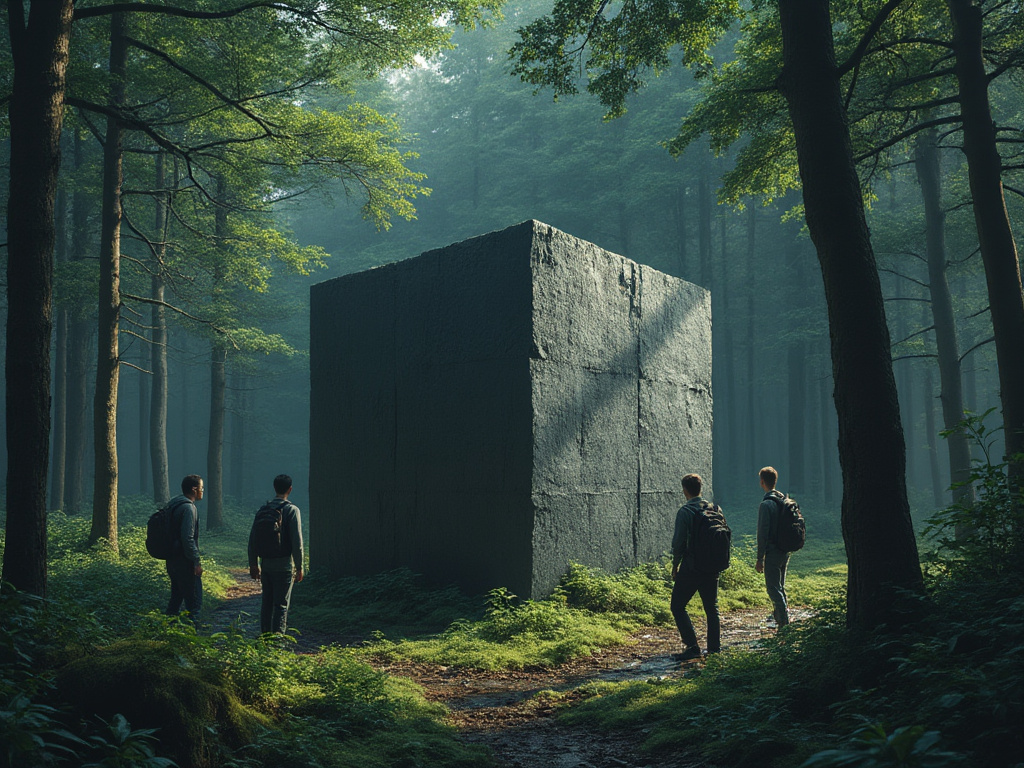
Everyone wants to maximise pleasure and minimise pain. The drive to do so is common enough that it’s believed to be an ancient biological phenomenon, going back to the most primitive forms of life. Achieving maximum pleasure is all but impossible for humans, owing to the complexity of our lives. Nevertheless, it’s possible to give some pointers.
The simplest forms of life – and the simplest forms of human – seek out sensory pleasure first and foremost. These sensory pleasures relate to the basic functions of life. In particular, food, drink, drugs and sleep are indulged in heavily by simple people. These are all powerfully gratifying – in the short term.
The vast majority of people soon realise that mere consumption does not bring happiness in the long term. The pleasure of gorging on food is matched by the displeasure of craving, and the pleasure of drinking alcohol is matched by the displeasure of hangovers. The pleasure of using drugs is matched by the displeasure of withdrawals, and the pleasure of sleep is matched by the displeasure of seeing one’s life pass away for little result.
It’s much better to work on getting strong or fit. So reason the slightly more complicated forms of life. Being strong or fit is a subtler pleasure than mere consumption. When in excellent physical condition, the body seems to hum with a vital energy that is as good as any stimulant. Also, one is routinely respected for having achieved something tangible (people notice big muscles immediately, in a way they don’t notice education).
Soon, however, that wears thin. Unless one is regularly fighting people or playing sports, there is an upper limit to how much utility you can get out of being strong or fit. Most sportsmen will interact socially with very rich people, and will have noticed that there are privileges afforded to the rich that aren’t afforded to them. This is especially true by the late 30s, once the body passes its physical peak. From that point on, getting rich becomes the higher priority.
Wealth affords pleasures more enduring than anything physical. With wealth, a person no longer has to worry about the myriad of nagging stresses that come with being swamped by bills and the need to fix things. One achieves a psychological peace of mind that muscles cannot give you. It’s also then possible to afford a higher quality of physical pleasure.
As the saying goes, though, anything that you can buy with money is cheap. Sure, you can get VIP access to a lot of places, but they only want you for your money. They don’t care about you. So the pleasures that are attained through wealth are still mostly gross ones, and ones which don’t last and which leave you craving more. The rich man with no friends looks at the popular man, the cool bartender, artist or musician, and envies him.

The pleasures that come from quality social interaction are more subtle than any of the physical pleasures. They’re also more enduring. Having a genuine friend is a joy that far outstrips the joy of merely owning things. A genuine friend is a true sign that one has become a person that others choose to be around. This is why people with Old Money tend to be conspicuous with it.
The problem is that many people are at this level. Most intelligent people who were raised well get to the level of appreciating subtler pleasures than the sensory, physical or financial. So there are many people at the social level to compete with for invitations to the most fashionable gatherings. Some of those people are interesting, and some aren’t. The most interesting people are the most fun to talk to, and get invited back the most often.
This is where the arts come in: the arts provide something truly interesting to talk about. Interpreting any given piece can be a hilarious social journey. This can be true even if one is only discussing whether the art is genuine or taking the piss. The pleasure provided by the arts borders on the spiritual. It’s much more subtle – and private – than the pleasures mentioned above. Best of all, there are no side-effects to, or withdrawals from, engaging in artistic pleasures. In the realm of art, the highs are higher and the lows less low.
If only it were all that simple. There’s a problem here, too, though: there is so much subjectivity in the realm of art that it can be extremely difficult to state that any given artwork is truly good or bad. One person’s opinion seems to be as valuable as any other’s. As such, the pleasure of the realm of art lacks the purity, or objectivity, to be deeply fulfilling. An honest person is naturally driven from here to the sciences.
Something truly awesome is felt by the astronomer who reflects on the vastness of space, by the chemist who perceives the simplicity of the elemental world, by the biologist immersed in the diversity of life, and by the psychologist grappling with the mysteries of consciousness. The awe so instilled is a very subtle pleasure that few are ever privileged enough to feel. One stands outside of time, and, therefore, outside of suffering.
But, as Werner Heisenberg wrote, the one who masters a science finds themselves inevitably confronted with spiritual questions. As glorious as science is, and as awesome as the intellectual pleasures felt by scientists are, the truly honest person needs more. Science cannot help a person make sense of any meaning to life, and it cannot answer moral questions. Pleasures such as knowing one’s actions to be in accordance with the Will of God are extremely subtle, too subtle even for science.
The most enduring pleasure, and the most subtle one, comes from meditation. From meditation, one comes to appreciate the Fourth Tenet of Elementalism, viz. “The natural state of consciousness is one of perfect bliss”. A person who can enjoy themselves meditating has conquered life.
Knowing the natural state of consciousness to be one of perfect bliss, it’s possible to sit in silence, wanting nothing. Being in a state without want is the ultimate joy. Such an extremely subtle pleasure has no side-effects or withdrawals, and is therefore the most enduring of all. A person who can attain such pleasure without sensory, social or even intellectual stimulation is a true philosopher.
*
For more of VJM’s ideas, see his work on other platforms!
For even more of VJM’s ideas, buy one of his books!
*
If you enjoyed reading this piece, buy a compilation of our best pieces from previous years!
Best VJMP Essays and Articles of 2023
Best VJMP Essays and Articles of 2022
Best VJMP Essays and Articles of 2021
Best VJMP Essays and Articles of 2020
Best VJMP Essays and Articles of 2019
Best VJMP Essays and Articles of 2018
Best VJMP Essays and Articles of 2017
*
If you would like to support our work in other ways, make a donation to our Paypal! Even better, buy any one of our books!




